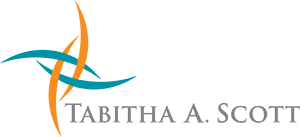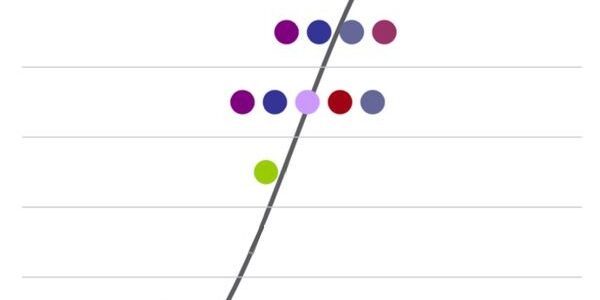In 2019, I attended an Executive Innovation & Strategy course at Harvard. During the course, they taught about the importance of understanding where one’s company falls along the “S-Curve” or growth curve. It’s a quick way to represent where an organization lies along its growth cycle. All living things, including organizations, go through the same cycle: birth, growth, maturity and decline.
The trick to sustainability is to leap onto a new growth curve before reaching the end of the decline phase–otherwise, your company won’t be agile enough to keep the pace. We also discussed the model Human Insight uses, the AEM-Cube, to visually map people, teams, and even entire organizations on the S-Curve.
The AEM-Cube identifies how teams interact and how to get the greatest potential energy from each individual, team and company. Early adopters like Apple, IBM, Phillips, and Heineken have added to the database of over 90K participants worldwide. Here’s why it helps make companies more productive and innovative:
- Individuals: Identify untapped potential, avoid burnout, choose the right job.
- Teams: Quickly see gaps or mismatches in leadership.
- Companies: Discover your innovation culture.
This S-Curve depicts how people are naturally attracted to the unknown. The beginning of the curve represents “exploration”, while the top of the curve represents “optimization”. The team represented by dots below is skewed towards optimization. In other words, it would quickly find efficiencies and safeguard the status quo to protect existing methods. The team is missing, however, members who naturally look to the future for creative solutions. Over time, it would be at high risk of failing without including a more diverse mix of team members.

Explorers pioneer and create new ideas, ways and methods. They contribute optimally during the inception and early stages of the growth process. Explorers are willing to take risk. They are constantly seeking new ways of doing things and experience change as an opportunity to experiment.
Optimizers preserve and safeguard what has been actualized in earlier stages of the growth process. Their contributions are suited best for the later stages on the S-Curve and growth cycle. Optimizers are great at improving processes and finding risk. They value stability and past experiences when faced with new situations.
Map yourself or your team to identify potential energy, develop talent, improve team dynamics, understand organizational risks and opportunities, align employee strengths with jobs, recruit, and accelerate the innovation process through cognitive diversity and inclusion.
Email me today to get your own results and map your entire team.

